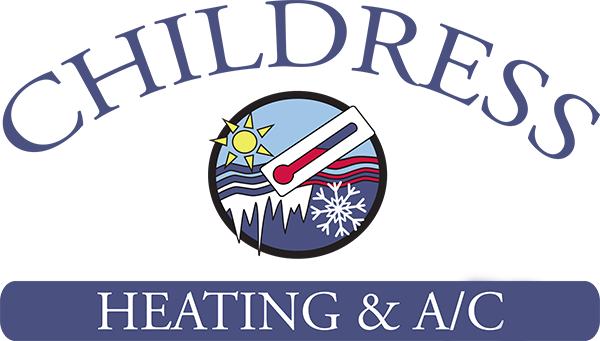Between a relaxing vacation or an extended trip for work, taking a trip means making plans for your home comfort system. You don’t need it if you’re not home, so you can adjust it as necessary to minimize your energy use. At the same time, you don’t want to just shut it down for the entire time you’re out of the house.
Instead, it’s ideal to leave your HVAC system on and adjust the temperature depending on the time of year. That way you can lower energy costs without stressing about returning to an uncomfortable home. We’ll review why you should avoid turning your HVAC system off as well as the best thermostat settings for various times of year.
Here’s Why You Shouldn’t Leave Your Thermostat on Hold
While you could be inclined to leave your HVAC system off before a trip, this can end up causing big problems by the time you get back. This is especially true when the weather will be severely hot or cold while you’re gone.
As an example, shutting the HVAC system down in the summer will sometimes cause very high humidity. Not only will your home feel like a swamp when you come back, but it could have also stimulated mold/mildew growth or pest infestations.
And over the winter, not using the furnace can lead to pipes freezing up or even bursting. It’s an awful feeling to return home from a long trip only to find substantial water damage close to a broken pipe.
Energy-Efficient Thermostat Settings While at Work
You can optimize the temperature even if you’re coming and going to work. Considering you’re not home for 8 hours or more, it doesn’t make sense to keep an empty home heated or cooled as if you were there. As a general rule, it’s recommended to raise the thermostat by 5 degrees or more. Meaning that if you prefer a comfortable 72 degrees, think about increasing it to 76-77 while you’re out.
But you could save even more if you’re open to further adjusting the temperature. As reported by the Department of Energy, you could save about 10% on your HVAC expenses by raising the temperature by about 7-10 degrees.
Ideal Thermostat Settings While on a Trip in Summer
If you’re leaving for a lengthier trip in the hottest part of summer, you can make larger adjustments. This ensures you don’t waste energy while still safeguarding your home from the issues that come with leaving it without air conditioning. Something like 5 degrees is suitable for brief trips while a larger adjustment of 10 degrees is ideal if you’ll be out of town for 2 weeks or more. If you enjoy keeping the house at 72 in the summer, 78-82 should offer the best results.
Ideal Thermostat Settings While on Vacation in Winter
To figure out the ideal thermostat setting for a winter getaway, simply lower it by the same amount you would raise it in summer. 68 is a frequent winter thermostat setting, so adjusting to 63-58 will prevent ice from forming on pipes while limiting how frequently your furnace operates.
Smart Thermostats Are Even Better: Benefits of Smart Thermostat Installation
One of the best ways to manage your home’s HVAC system while away is by investing in a smart thermostat. This special type of programmable thermostat utilizes intelligent software to track your usual comfort habits. It gradually understands these preferences and makes automatic corrections to the schedule for maximum energy efficiency. And with Wi-Fi integration, you can remotely control your HVAC system using a smartphone or tablet.
Smart thermostats are loaded with features to help you save even more. For example, some models can monitor electricity prices to boost heating or cooling when prices are lower. They can also work with high-efficiency, variable-speed equipment to optimize how long your HVAC system should run. It’s the ideal tool to enhance how you control your comfort system. If you’re thinking about investing in a smart thermostat, there are different ways you can lower your costs, effectively getting a smart thermostat for free. The next time you are away from home, you can enjoy true peace of mind that your HVAC system won’t stir up any trouble while you’re away from home.
